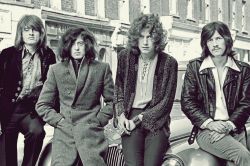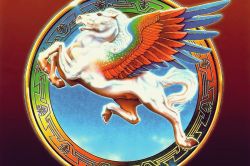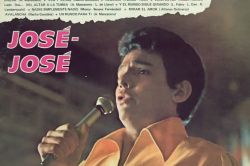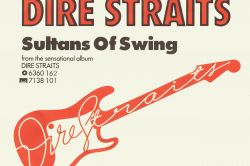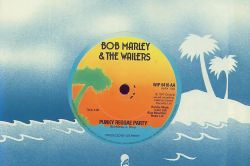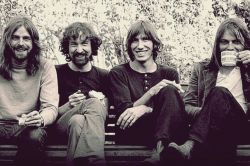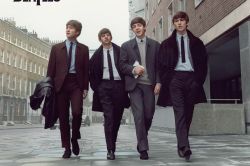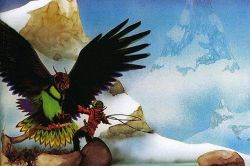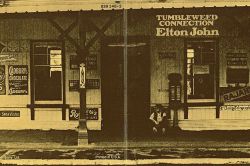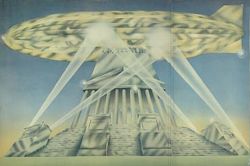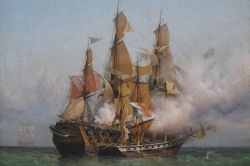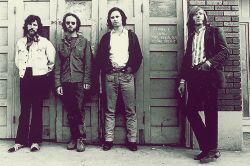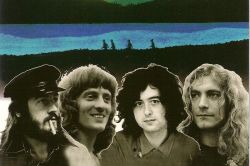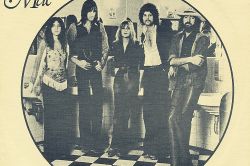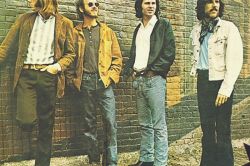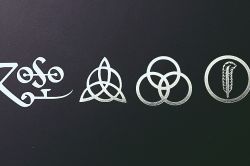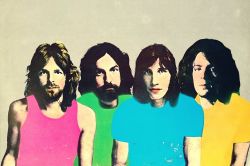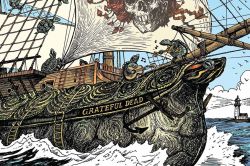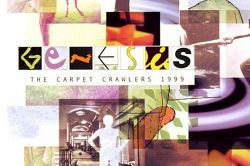1970s
The styles that would come to define the pop music of the 1970s were, naturally, the result of the constant evolution of the trends that were set in the previous decade. The 1970s was the time of expanding possibilities for artists with no professional training to enter the scene with its ever-changing creative flow, gradually giving outpour to more and more new genres and movements.
The previously unprecedented armies of fans combined with technological advancements allowed the most successful groups of the time to gather full stadiums on their tours, year after year.
The biggest acts could now afford to replace the scanty minibusses with private jets and roadside motels with five-star royal suites, marking the decade as the turning point for the pop music which finally took the reins in the art world.
The easy access to musical instruments and the simplicity of popular musical forms meant at least a handful of groups was emerging every day with the desire to make it to the top, creating a huge competition within the scene. To stand out in this fast-moving stream, artists began to focus more on the image and presentation, working on visual and thematical concepts and incorporating them into live performances as a sort of theatrical show.
When before musicians needed only bright and extravagant stage costumes, for the 1970s this was clearly not enough since the fashion industry in itself had been undergoing historic transformations, with outlandish concepts going in and out of style in a blink of an eye. Now connected to the art world of fashion more than ever before, progressive artists wove stunning images into their conceptual albums to extraordinary success.
Many popular musicians and artists began to understand the responsibility they now carried as social figures who could give voice to the people who couldn't be heard, heading numerous human rights movements and anti-war protests to shed light on social issues that had been overlooked by the majority.
In 1975, largely due to public pressure from all around the world, the Vietnam War was finally forced to an end. In 1978, the unprecedented One Love Peace Concert in Jamaica prevented a civil war in the country when Bob Marley joined the hands of political rivals.
On the technical side, the industry in the 1970s offered a selection of musical instruments with entirely electronic features, thus igniting the influence of electronic music on the pop culture. The shift into the digital era began with the adoption of polyphonic synthesizers, electronic drums, and drum machines through the emergence of genres such as disco, krautrock, new wave, and synth-pop.
Computer technology in the 1970s also reached new heights of progress, bleeding into the sound recording process to compete with analog systems. Transistors replaced vacuum tubes, improving mixing consoles and electronic devices for a more efficient sound production.
In the 1970s, turntables and compact cassette recorders were household items, giving fans the opportunity to make their own compilations and mixes to share it with friends.
The decade is also considered to be formative for the music video industry when, with the use of new technological perks, promotional clips branched out into their own category of visual art. Taking a firm spot on now more diverse TV broadcasts, the video clips began drawing tangible profits on their own merit.
Reel-to-reel tape recorders have been the main unit of the recording process for decades but now they were able to record up to 32 tracks simultaneously. Numerous attempts by manufacturers to increase the home usage of reel-to-reel stereo recorders failed due to the process of changing tapes which people found cumbersome and inconvenient.
The compact cassette began to challenge the vinyl as the most popular format, and record companies were now issuing releases in both formats.
In the field of compact music players, the turning point came at the end of the decade, in 1978, when Philips announced the Compact Disc format, and next year Sony introduced the Soundabout cassette player which was later renamed the Walkman.
